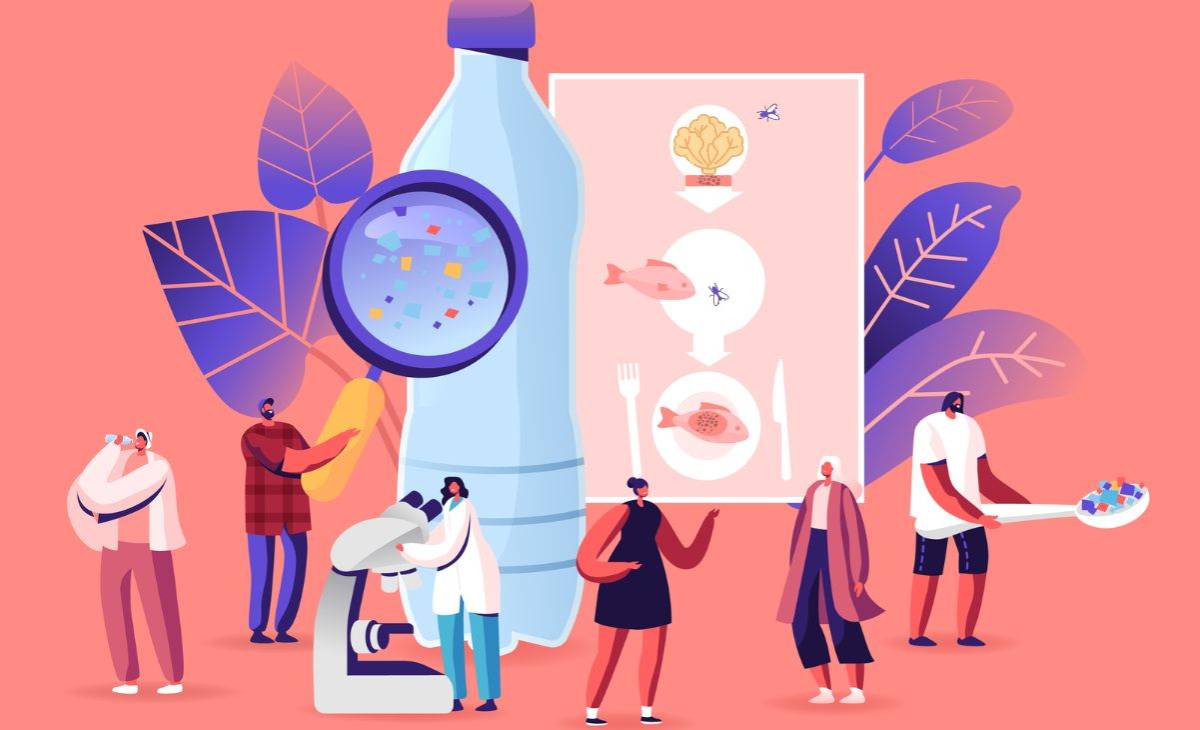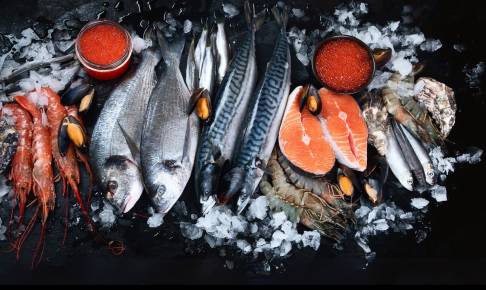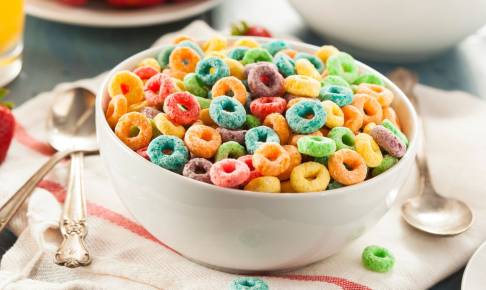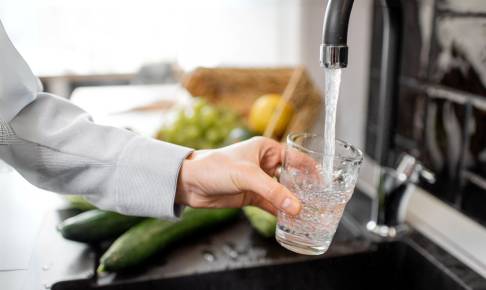Nanoplastics: new study shows route from plants to fish
A study just published in Nano Today by researchers from the University of Eastern Finland traces a first possible route followed by nanoplastics up in the food chain to our bodies: from the soil, they are picked up by edible plants (first of all those grown on the ground, and therefore they could pick up many nanoplastics right from the soil and the waters that bathe it), then from them to insects and from insects to fish.
Researchers have developed a method for tracking nanoplastics along the food chain using gadolinium, a tracer commonly used in nuclear medicine, to mark fragments with a diameter of 250 nanometers of two of the most popular polymers, PVC and polystyrene. The method was applied to a three-tier food chain model: lettuce, black soldier fly larvae, and insectivorous fish. Specifically, the lettuce plants were grown for 14 days in contaminated soil. At the end of the two weeks, the lettuces were used as food for the fly larvae for five days, after which they were fed to the fish for another five days.
Electron microscope images of sections of lettuce, larvae, and fish showed how much plastic particles enter organisms. As for lettuce, they pass through the roots and accumulate in the leaves. From there they are transferred to the insects, which in fact show the same particles, without apparent metabolic processes of degradation, both in the stomach and in the intestine. And they remain there even when the larvae are fasted for 24 hours and have therefore emptied the digestive system, a particularly worrying discovery. Finally, even the fish fed with the larvae contain the same nanoplastics, in particular in the gills, intestines, and liver, where the accumulation is higher than in all other locations, while there is no trace of it in the brain. In all likelihood, nanoplastics from fish reach the other links in the food chain, including humans, directly or indirectly.
Both polymers (PVC and polystyrene) were found in lettuce, flies, and in fish, but polystyrene in smaller quantities, demonstrating how there are also significant differences between the different types of plastic. In general, however, they are able to penetrate deeply into the food chains without being affected and accumulating in some organs more than in others.
Although it is necessary to confirm the findings, the authors conclude, there is no reason to think that very similar, if not identical, phenomena occur with all nanoplastics and with all plants, with insects that feed on them and with higher organisms, humans included.
Source:
https://www.sciencedirect.com/science/article/pii/S1748013222002390?via%3Dihub






















